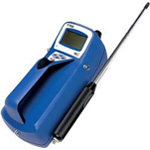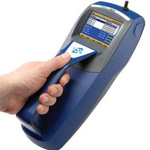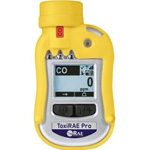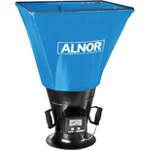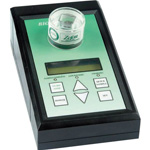Indoor Air Quality Testing
Indoor air quality describes how inside air can affect a person's health, comfort, and ability to work. It can include but not limited to temperature, humidity, mold, bacteria, poor ventilation, or exposure to other chemicals.
Why is indoor air quality so important?
Indoor air quality refers to the quality of the air in a home, school, office, or other building environment. The potential impact of indoor air quality on human health nationally can be noteworthy for several reasons:
Americans, on average, spend approximately 90 percent of their time indoors,1 where the concentrations of some pollutants are often 2 to 5 times higher than typical outdoor concentrations.
People who are often most susceptible to the adverse effects of pollution (e.g., the very young, older adults, people with cardiovascular or respiratory disease) tend to spend even more time indoors.
Indoor concentrations of some pollutants have increased in recent decades due to such factors as energy-efficient building construction (when it lacks sufficient mechanical ventilation to ensure adequate air exchange) and increased use of synthetic building materials, furnishings, personal care products, pesticides, and household cleaners.
What does indoor air quality testing include?
Indoor air quality testing involves a professionally trained professional that would take accurate samples of your indoor air to identify things such as mold, allergens, and pollutants — depending on what you want to test for.
Biological Pollutants
Biological pollutants include bacteria, molds, mildew, viruses, animal dander, dust mites, and pollen.
Mold
Mold as an IAQ pollutant causes many of the same symptoms as a common cold, sneezing, watery eyes, coughing, throat irritation, difficulty breathing and headaches. Mold is sampled with a cassette that is sent to a lab for analysis.
Pollen
Pollen also causes many of the same symptoms as mold and is also sampled with a cassette that is sent to a lab for analysis.

Sources of particulate matter (PM)
Sources of particulate matter include smoke from wildfires, dust storms, and other natural sources of particulate matter. Natural PM may include components of biological sources, from the burning of gas in internal combustion engines, or emissions from industrial processes.
Chemical Pollutants
Chemical pollutants include VOC’s, lead in paint, asbestos, carbon monoxide and many others.
Volatile Organic Compounds (VOCs)
VOCs are a common off gassing agent from many of the materials that are brought into a home including furniture and carpeting.
Lead
Lead was an additive in paint until 1978. Lead is only a problem if ingested. Lead can be sampled real-time using an XRF analyzer or by sending samples to a lab for analysis.
Formaldehyde
Formaldehyde can be found off gassing from furniture or from building materials.

Combustion Pollutants
Combustion pollutants include carbon monoxide, particles from combustion and byproducts from items that are being burned during the combustion process.
Wildfire Smoke
In affected areas wildfire smoke can get trapped in indoor spaces causing respiratory issues and eye irritation. This type of smoke can include many compounds if the wildfire has also started to burn structures.
Carbon Monoxide
Carbon monoxide is a by-product of combustion, being colorless and odorless it can go undetected causing headaches, confusion, and in extreme cases death.

What factors increase poor indoor air quality?
Poor indoor air quality is increased when there is no mechanism to capture or dilute the offending pollutant. In the case of mold the it will need chemical mitigation to degrade and kill the mold, removal of the materials housing the mold, and keeping the humidity in check so mold can not continue to grow.
What is acceptable indoor air quality?

What equipment is used to test indoor air quality?
TSI 9565 – various probes 964 (air flow), 982 (IAQ-CO, CO2, Differential Pressure, Temp and Humidity)
How to Improve Indoor Air Quality
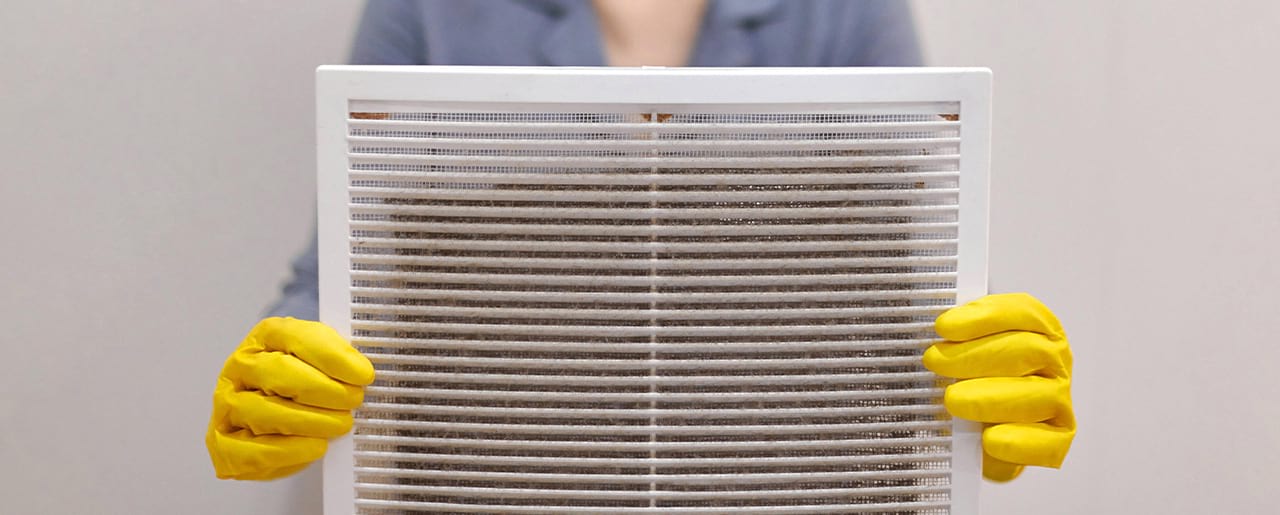
To improve indoor air quality the offending pollutant will need to be captured via filtration and air changes or removed.
Control Sources of Pollution
To control sources of pollution one must find the source and take steps to reduce the output introduced to the indoor space either by remediation techniques or cutting off the source.
Ensure Proper Ventilation
Proper ventilation requires testing the flow rates in and out of the HVAC system to balance the airflow. Many structures now require outside air to be introduced since the need for efficiency has sealed buildings has caused stale air to be recirculated increasing the indoor pollutants.
Change Filters Often
Filters should be changed on a schedule to be effective. If filters are clogged it causes strain on the HVAC equipment reducing efficiency. Proper filters should be used baced on manufacturers recommendations, using the wrong filters can also cause strain on equipment shortening the lifespan of the equipment.
Adjust Humidity
High humidity in an indoor space is a catalyst for mold formation and low humidity can cause other health problems. Humidity should be in the mid-range for the best outcome
Get Started with RAECO’s Indoor Air Quality Testing Equipment Today
RAECO Rents supplies instrument from leading manufacturers to monitor and alert indoor air quality hazards. At Raecorents.com we have training materials on the site to get you up to speed and or support staff is available for any question you might have. RAECO Rents only charges you for the days that you have the equipment in your hands and not when it is in transit to or from.
Get a quote
